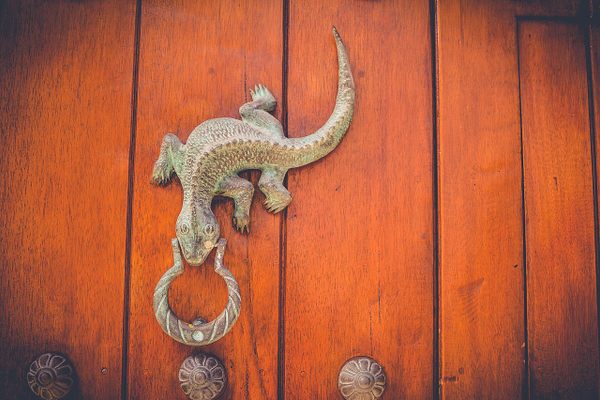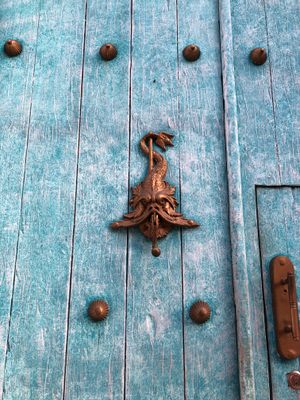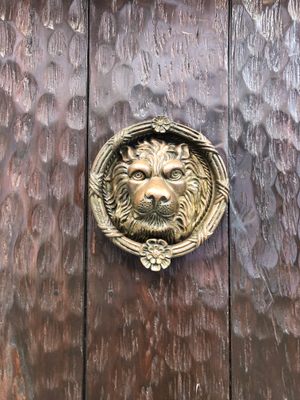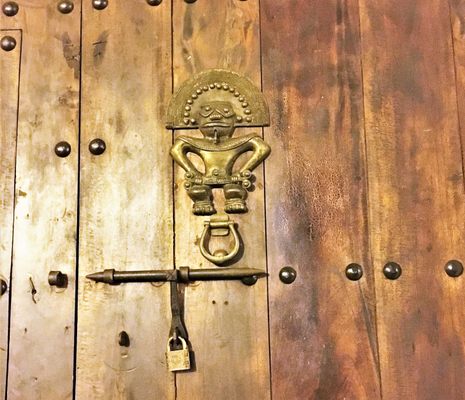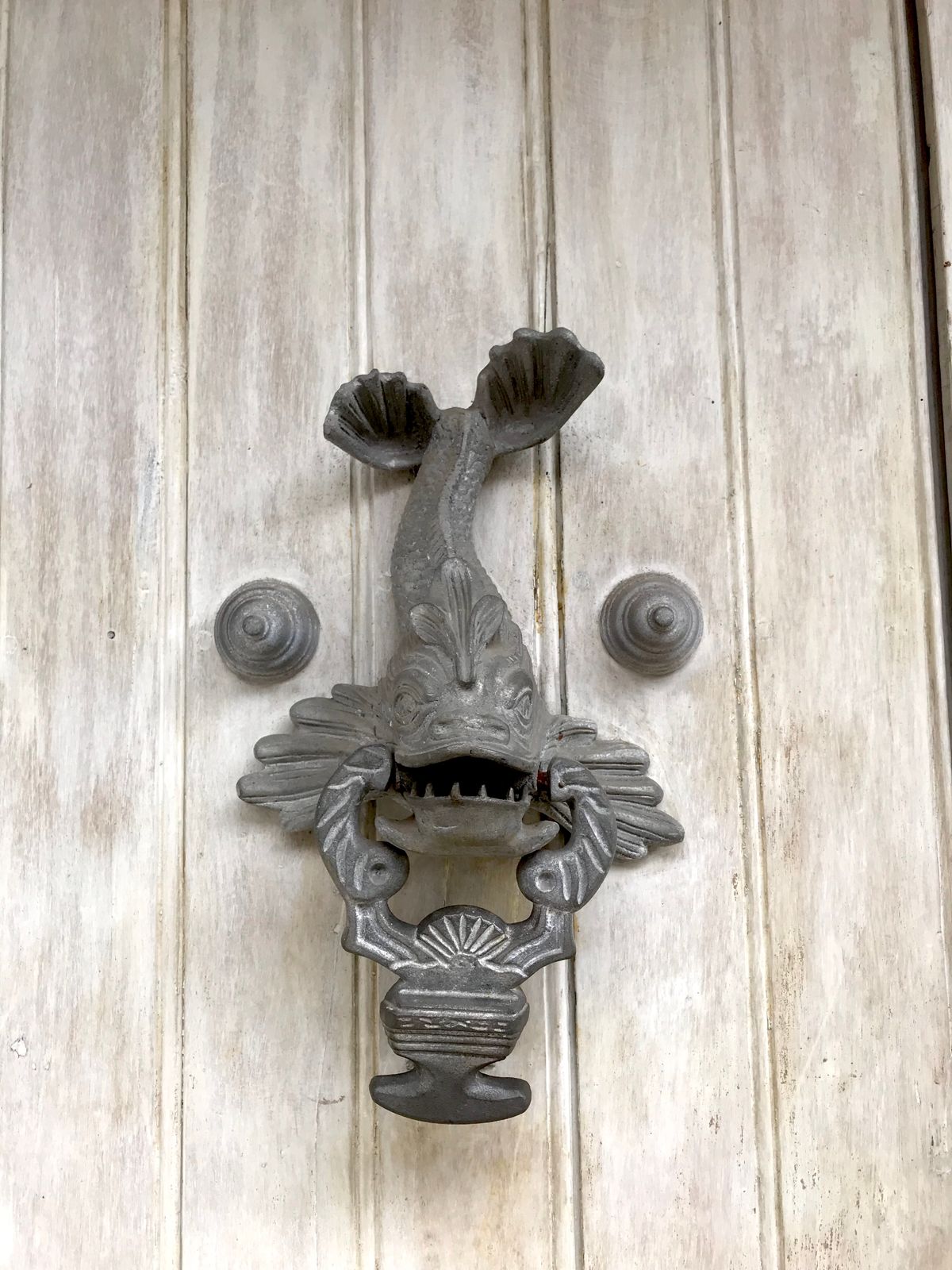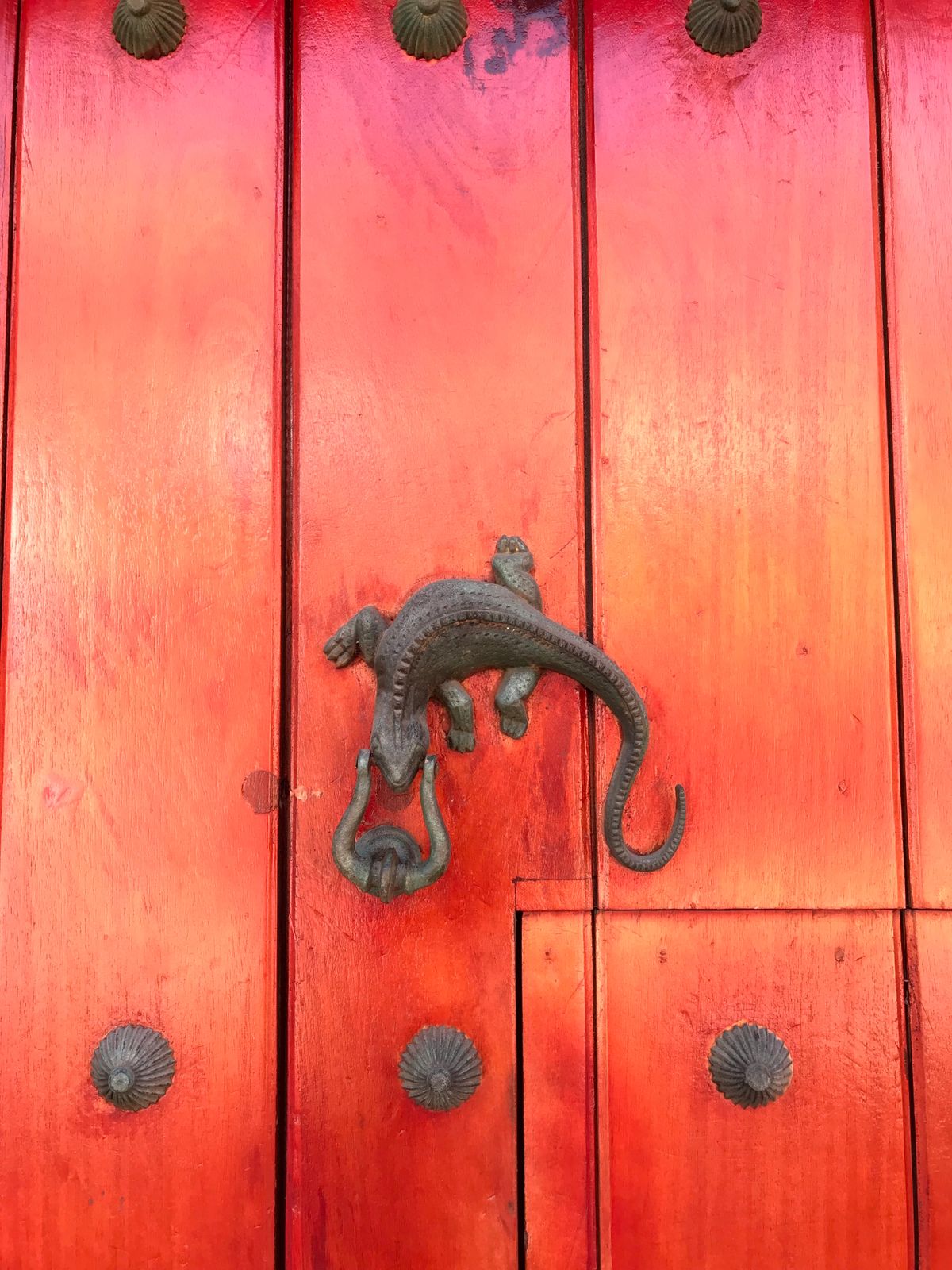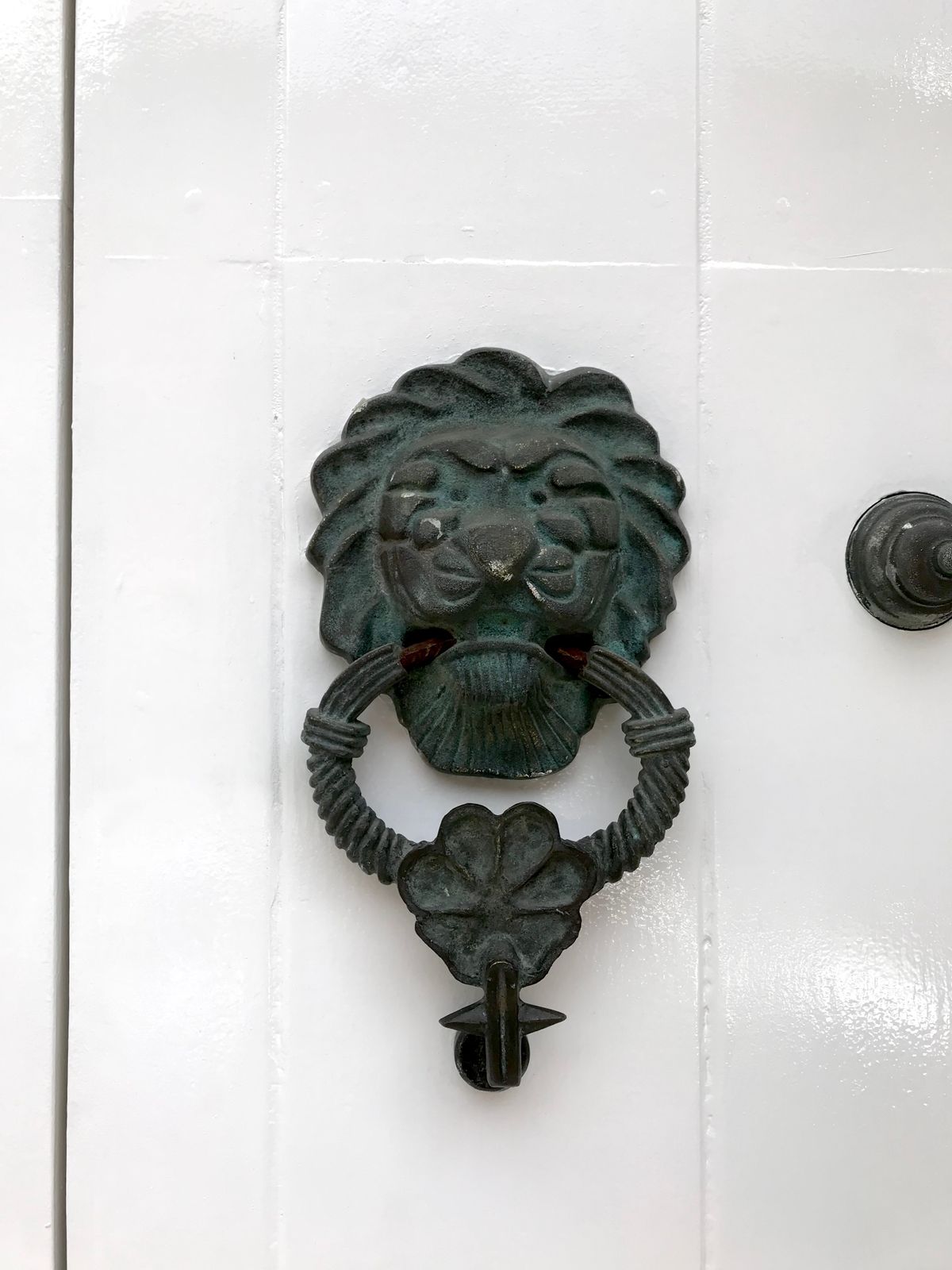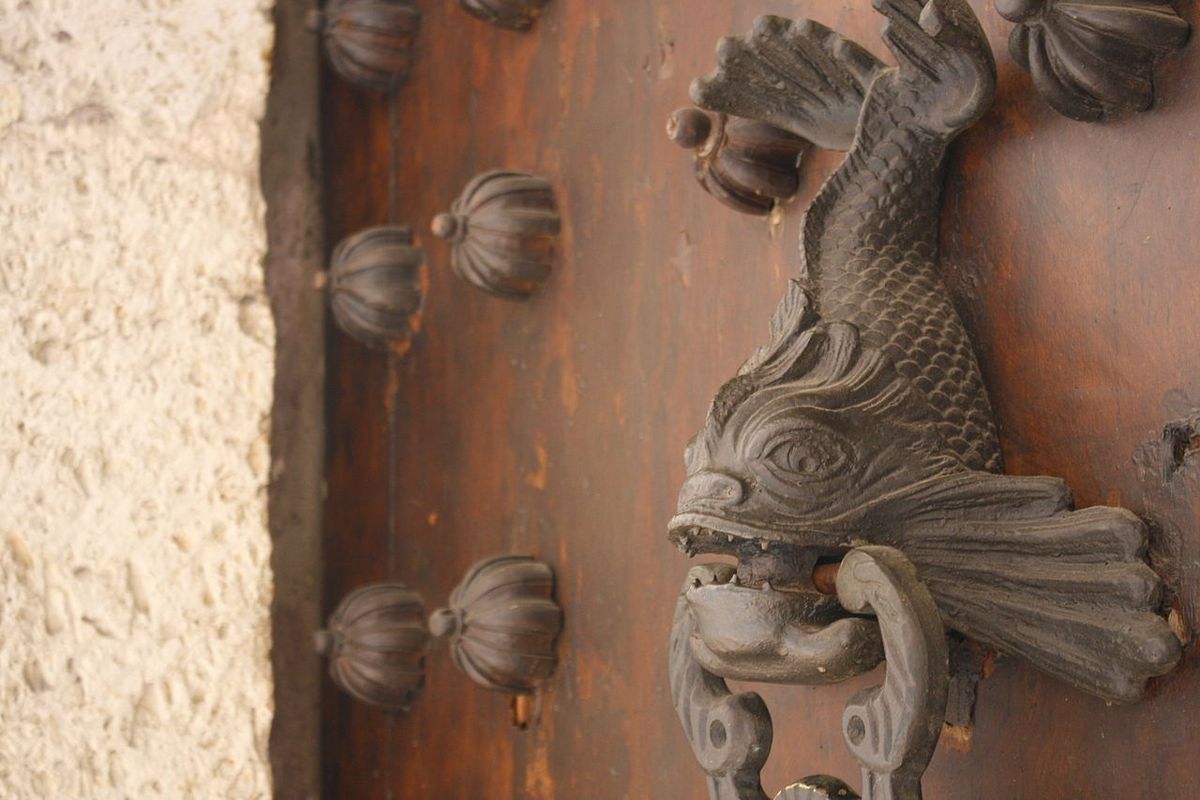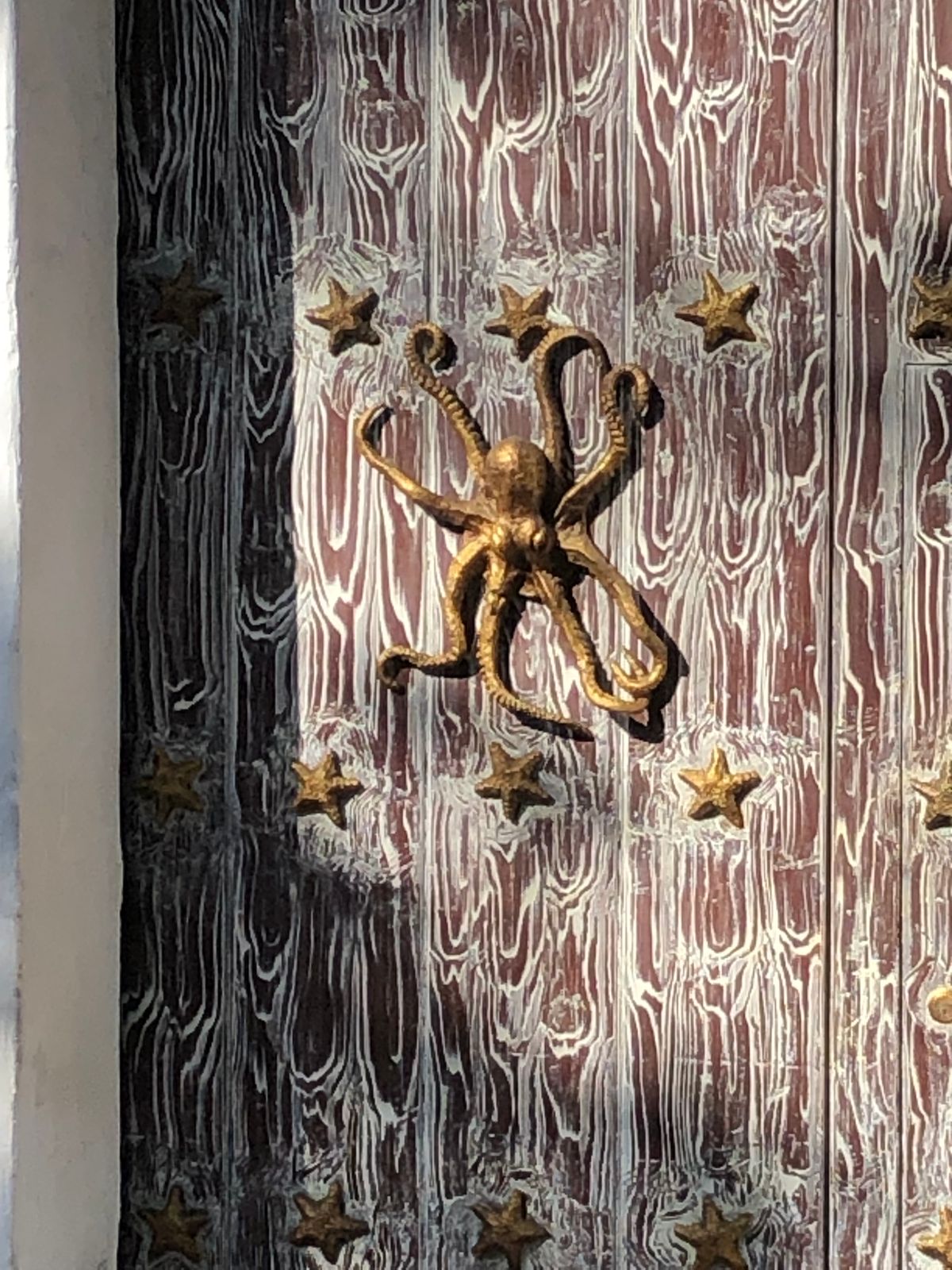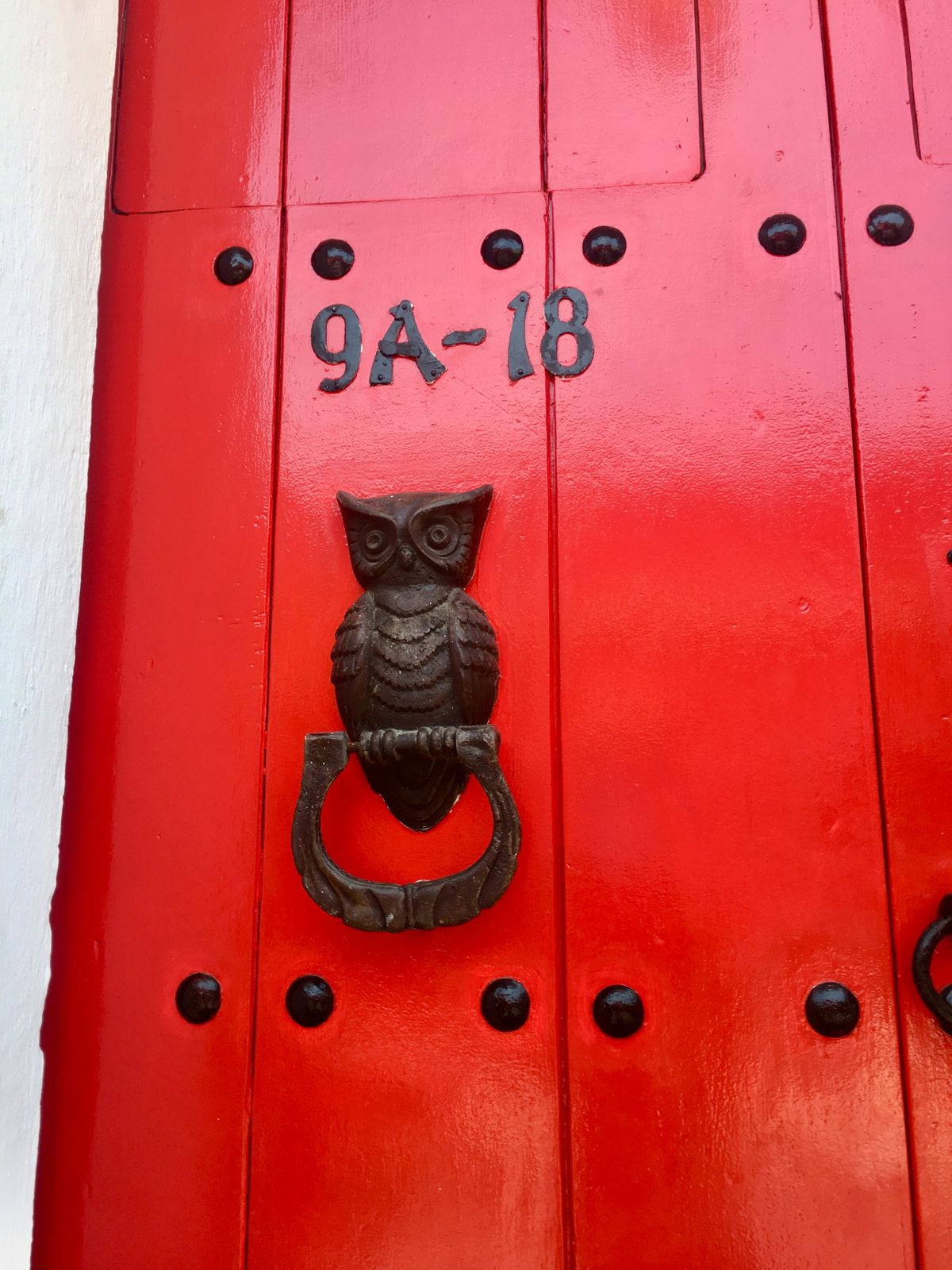About
Cartagena’s historic Old Town is like an open-air museum. The colorful streets are strewn with impressive colonial architecture, and defensive walls and fortifications rise up around the historic center. And then there are the smaller, but just as telling, details, such as the large and fanciful door knockers that adorn many of the old wooden doors.
Cartagena was founded in 1533, and within years became a strategically key port city for the Spanish empire. Spain's influence on the architecture of the walled city is clear to see, although immigrants from France, Italy, and North Africa also had a role in shaping Cartagena’s distinct and undeniably attractive style. The door knockers, however, were very much a Spanish colonial thing.
During the period, a popular saying in Spain was “A tal casa tal aldaba,” or “To each house its door knocker.” This referred to the practice of displaying a resident’s social status or profession on their front door through the design of its knocker. This spilled over into the colonial city of Cartagena, which today displays an impressive array of knockers throughout the Old Town.
Take a stroll through the historic center and you’ll soon come across examples of these stylized door knockers, often attached to large wooden doors from the colonial period. At the time, the designs had specific and concrete meanings.
A knocker shaped as a fish or other sea creature meant the owner of the house was a member of the sea merchant community, or some other trade related to the sea. Lion head door knockers represented members of the army, militia leaders, and other protectors of the city. Lion heads are quite common, which is no surprise considering Cartagena’s history of fending off pirates and English armadas.
The clergy, meanwhile, marked their homes with knockers in the shape of hands. And if you were knocking on the door of a home with a lizard-shaped knocker, then you’d better be wearing your finest clothes. These were the homes of high society, typically with some kind of royal connection. In all cases, the size and quality of the door knocker was also demonstrative of the resident’s social status: If you wanted to show off your credentials to passersby, only a finely crafted big brass knocker would do.
Not all of the door knockers in the city today are old, however, as the tradition of making knockers has continued into the present day. Cartagena’s modern door knockers, while still pretty and functional, often dispense with tradition in favor of, well, whatever the homeowner desires.
Related Tags
Know Before You Go
For a day of door knocker-spotting, head to the Old Town and stroll around districts like San Diego and Matuna. Keep an eye out for large wooden doors, especially in wealthier areas, which are the most likely to have impressive door knockers.
Colombia Discovery: Coffee, Art & Music
Explore Colombia's depth: art, history, culture & transformation.
Book NowPublished
May 10, 2018
Sources
- https://cartagenacolombiarentals.com/2016/08/door-knockers-cartagena/
- http://amp.travelandleisure.com/slideshows/cartagena-doorknockers-travel
- http://www.eluniversal.com.co/suplementos/facetas/el-toque-de-las-aldabas-116698
- https://www.elrincondesele.com/las-aldabas-en-las-puertas-de-cartagena-de-indias/








